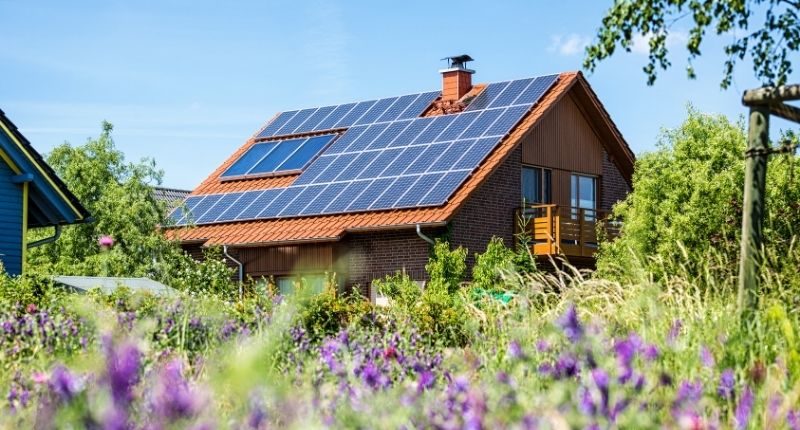- Despite the effects of the pandemic, solar battery instillations were up 20% in 2020
- SA was the solar battery champions, accounting for a quarter of all Australian installations
- SunWiz predicts the influx to continue into 2021
The pandemic is not slowing the momentum of Australian’s support for solar energy, with more than 31,000 batteries having been fitted into homes across the country last year. This is based on freshly released data from solar and storage make analyst SunWiz.
To put it into context, the battery instillation is up 20% from the previous year despite the effects of COVID19.
The 2020 influx brought the total number of batteries to almost 110,000. This number represents installations in homes, commercial properties and the large scale batteries announced by government and private initiatives.
Installing a battery with solar panels can be pricey but comes with the long term incentive of reducing energy bills, becoming more energy independent and reducing carbon emissions.
Around 9% for all new home home solar systems installed in 2020 included a battery. This is down from the peak of 12% in 2017 but an improvement on 2019’s 8%. The capacity of household batteries is also on the rise (up 27%) as technology enables the average battery size to increase.
Leaders in solar installations are South Australians who account for more than a quarter of all installations last year, despite their relatively small population size. SunWiz analysts say the South Australian government’s incentives were a huge driver for the solar switch in the state.
“It was a surprisingly good year for battery installations in Australia. Home battery systems proved particularly popular in South Australia where there is such high demand from homeowners that the state government had to reduce its subsidy in order to avoid overheating the market and exhausting available government funds too quickly.”
Warwick Johnston, Managing Director of SunWiz
Unsurprisingly Victoria and New South Wales, the most populated states, were close behind, making up around a quarter of total installations each.
Queensland is notably lagging behind. The third most populated state who account for a fifth of Australia’s population only represented a 9.6% of all installations. This is despite being among the leaders in solar panel installations.
“In Victoria, the popularity of solar batteries for homes was so high the state government subsidy allocations were exhausted within minutes of each release; a situation only remedied when the government directed some COVID stimulus funding towards the sector.”
Warwick Johnston, Managing Director of SunWiz
“The popularity of batteries is strong even without state subsidies, particularly where homeowners can benefit financially by taking part in so-called ‘Virtual Power Plants’ – which combine the power of individual batteries to support the energy market and network.
“In 2020, Australians continued to demonstrate a desire to reduce their power bills by making the most of the nation’s abundant and cheap solar power and empower themselves with a battery. Batteries also continue to demonstrate they can support the Australian electricity network.”
Warwick Johnston, Managing Director of SunWiz
“This energy transformation in Australia is happening quickly and the continued increase in solar panels and batteries installed show Australians are enthusiastic about the benefits. State and Federal Governments can play a role by ensuring battery rollouts are safe and smart, and demonstrating to the public that batteries are a legitimate solution for homes, communities, and electricity networks,” said Mr Johnston.
Solar future is looking sunny in Australia with an additional 33,000 home batteries foretasted by SunWiz for this year.





